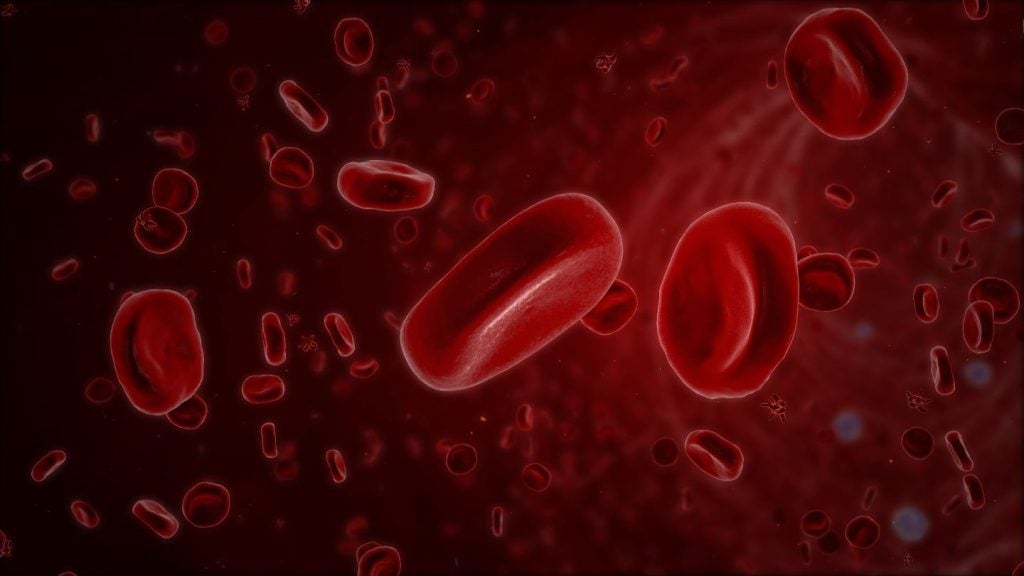Cross-country procurement of medicines has been around for many decades, but developments from the last few months suggest that its use may become much more widespread, with a negative impact for the pharmaceutical industry. Below, we take a look at some of the latest developments in cross-country procurement, or joint procurement, as it is also known.
Nature of deals evolves
Cross-country procurement is the practice of two or more countries purchasing medicines by acting as a unified bloc, so instead of several different tenders a single tender is called. Traditionally, cross-country procurement was done in cases of drugs in limited supply, e.g., vaccines, to ensure that all countries would have access to purchase them. The Pan American Health Organisation (PAHO), which was initially set up in 1905 and is still around today, is an example of this type of early cross-border procurement initiatives.
Newer cross-country procurement deals almost always have a significant cost-reduction motivation, even if on the surface they appear similar to the early deals. Take for example the cross-country procurement deal between 12 Latin American countries for Zika virus prevention and treatment. The deal, signed in 2016, aims to not only deal with the Zika virus itself, but also provide treatments for severe neurological conditions, such as Guillain-Barre syndrome, that could be triggered by Zika infection, among other causes. Agreeing to a low price for a drug to treat the side effects of a contagious disease on humanitarian principles could result in companies having to provide the same discount for this drug to treat the same neurological condition triggered by other causes.
Europe at the center of cross-purchasing initiatives
Europe has in recent years been a particular hotspot for cross-country procurement initiatives, which IHS Markit has been tracking for the past decade. Among those are:
How well do you really know your competitors?
Access the most comprehensive Company Profiles on the market, powered by GlobalData. Save hours of research. Gain competitive edge.

Thank you!
Your download email will arrive shortly
Not ready to buy yet? Download a free sample
We are confident about the unique quality of our Company Profiles. However, we want you to make the most beneficial decision for your business, so we offer a free sample that you can download by submitting the below form
By GlobalDataThe EU vaccines procurement deal: signed in 2009, triggered by ‘flu pandemic concerns
The South East European and Central and Eastern European countries deal: the deal is progressing slowly but surely as the health ministers of 10 countries in these regions held a second meeting in June 2016
Bulgaria and Romania deal: officially signed in November 2016
South European countries deal: led by Greece, set up in June 2016
Hispano-Luso alliance: established in May 2016 to allow cooperation between Spain and Portugal on high cost medicines procurement
Visegrad Four (Poland, Czech Rep., Slovakia, Hungary) + Austria deal: the deal, focused on orphan drugs, is getting closer to implementations as representatives of the countries involved met in April 2016
Austria + Benelux deal: Austria signed a letter of intent in June 2016 to join in procurement of orphan drugs
Netherland, France and Italy: Dutch health minister called for the creation of this bloc in 2016
Baltic partnership: agreement was signed in 2012, but products have not been jointly procured to date.
One thing these numerous deals – except the EU vaccines deal to an extent – have in common is that they all seek to secure lower pharmaceutical prices by using the combined purchasing power of the bloc as a negotiating tool. Some focus on a subset of the pharmaceutical market (e.g. orphan drugs), others have goals in addition to cross-country procurement (e.g., HTA collaboration in the South European countries deal or boosting generics usage in the case of the Hispano-Luso alliance), but they are all openly seeking cost reductions.
A recent WHO report examined the current proliferation of cross-country procurement deals. The report confirmed such deals are indeed becoming increasingly popular.
OECD gives its blessing for further cross-country procurement initiatives
Separately, the OECD recently spoke in favour of cross-country procurement. The organisation’s much anticipated report, published in January 2017, called for a rebalancing of the negotiating power between payers and the pharmaceutical industry. New technologies coming on the market, such as 3D bio-printing and new gene therapies will challenge traditional HTA assessment models, the report has warned, and will put significant pressure on public health finances. Among the measures proposed to mitigate the risk, the OECD highlighted joint procurement, while admitting that the evidence is still missing in terms of whether such deals reduce prices and improve access.
Risks for industry from joint procurement loom large
With high-income countries now also actively involved in joint procurement and doing it with the express goal of achieving savings, there are increasing risks for the pharmaceutical industry. The level of risk is further exacerbated by the fact that one country is often part of several different joint-procurement groups. Thus, a discount agreed for one group dominated by low-income prices could be disclosed and spill over into another joint-procurement group made up of higher-income markets for which the same size of discount is not easily justified.
Achieving confidentiality for prices agreed under joint procurement and staying constantly abreast of new developments in joint procurement will be of paramount importance to pharma companies in the months and years to come.
Milena Izmirlieva is Head of the Life Sciences research team at IHS Markit.










Related Company Profiles
IHS Markit Ltd